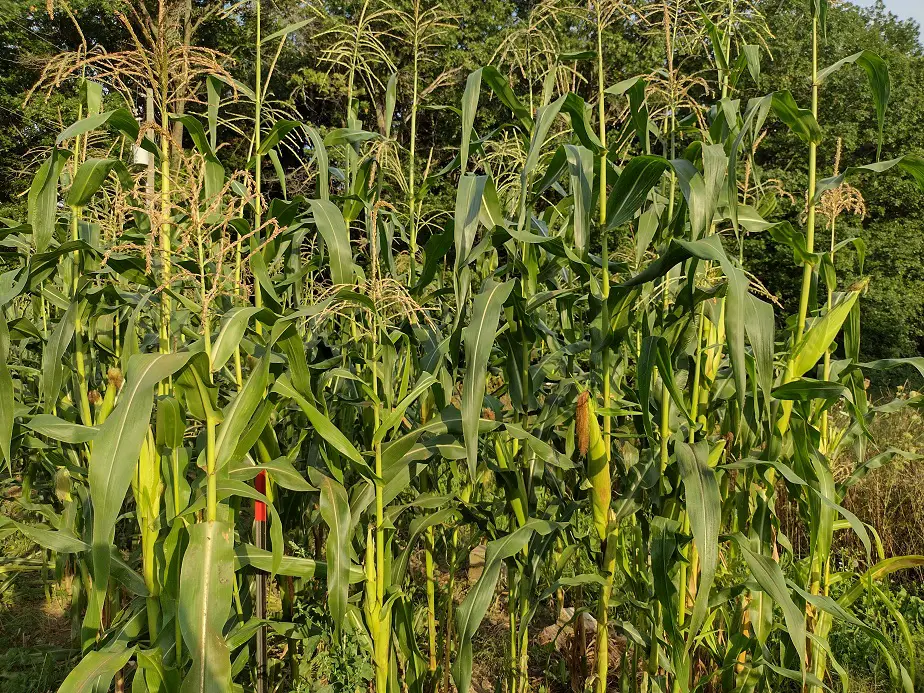If you want to farm, here’s your starting point.
Corn is perhaps the best field crop for new farmers. It’s easy to plant, grow, and sell. Produce like lettuce, tomatoes, and cucumbers are more valuable and often better for small farms. If you don’t have access to tractor equipment, consider crops that are easily sown, managed, and harvested by hand.
If you want to farm, I’ll help you figure out where to start.
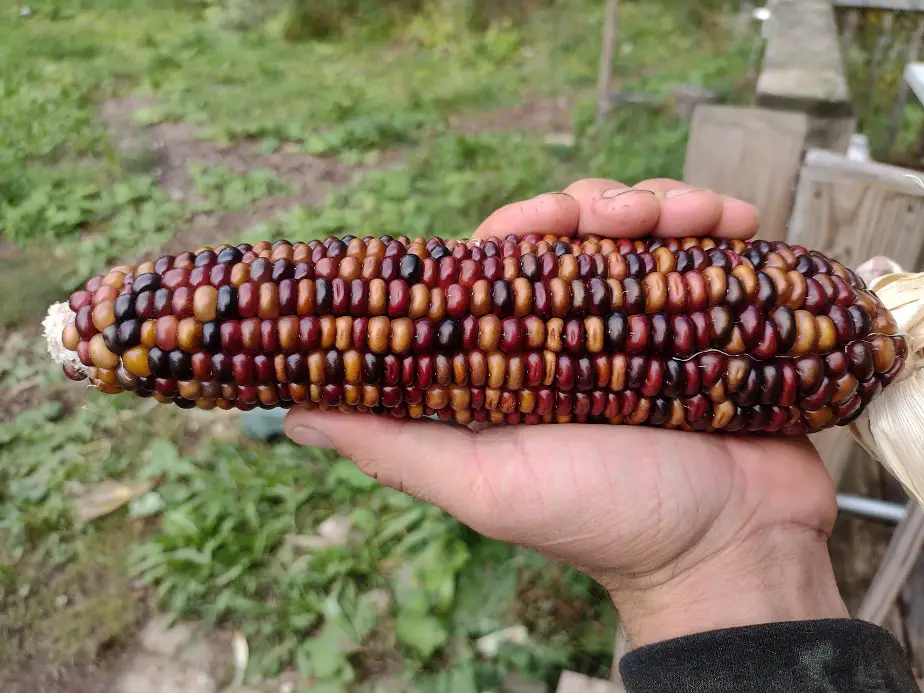
Corn
Corn is perhaps the easiest crop to plant, manage, and harvest. You can easily do large acreage with basic equipment or just a few acres with mostly hand tools. Corn is easy to sell, but not all that valuable. Thanks to government price fixing, the value of field corn is pretty low.
Sweet corn is much more valuable and sells well in most areas. Once ripe, you have a week to pick and sell it before it gets too mature. Overly mature sweet corn is often sold at a steep discount or as animal feed.
Indian corn and popcorn are other higher-value options. I grow both. Indian corn is sold as a novelty or decoration when dry. Once properly dried to 14.5% moisture, popcorn sells well and can be stored for 5 years without losing its pop-ness.
The only things corn needs to decently are good water and fertilizer. Small plots of corn can be picked by hand, shelled with hand tools, and stored in barrels or bins until used or sold.
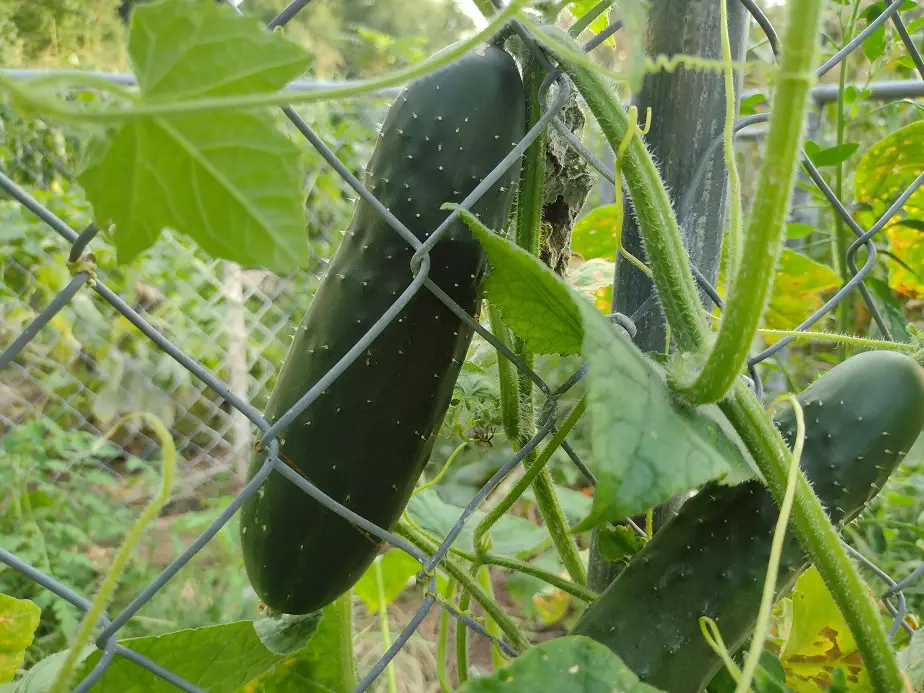
Cucumbers
Cucumbers are the easiest of the good-selling market crops. They thrive in heat and produce like mad in good soil. They are usually easy to sell. The only real problems with cucumbers are powdery mildew and cucumber beetle. The powdery mildew is worse in southern regions.
Cucumber beetle is usually problematic in the early season then they fade away. Cucumbers don’t store well and should be refrigerated if kept more than a day after harvesting. Cucumbers need a reliable and even water supply to produce well, and moderate to high soil fertility.
Green Beans
Green beans are the absolute easiest produce to grow and sell. They are time-consuming to harvest. Beans are warm to hot season crops. with good fertility and moisture, you can harvest beans heavily five or 6 times in a month and the harvest will stay strong for a month or more.
Beans don’t do well amongst weeds and need good sun. Beans are extra susceptible to root rot in very wet weather. Green beans are usually planted 4 inches apart with 3 feet between rows. Beans sprout easily and reliably as long as the temperature is 67 degrees or warmer in the day and there is decent sun.
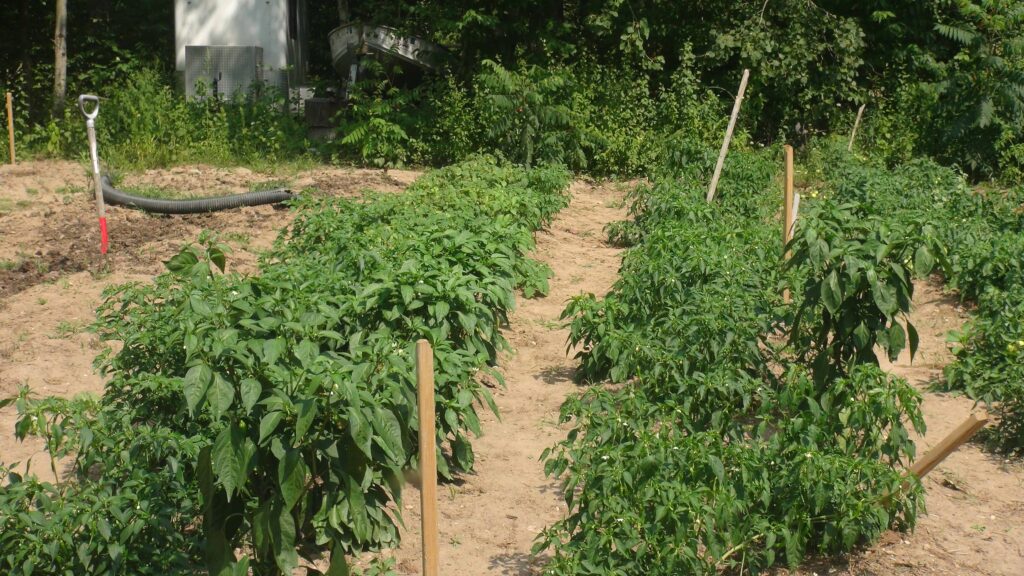
Peppers
Peppers are fairly easy to grow and often sell well. Peppers are a hot-season crop that will not fruit in cool weather. They thrive on temperatures between 78 and 100 degrees. Large peppers take a long time to mature but smaller varieties are faster.
Here in Michigan, I can’t grow a good bell pepper crop unless it’s in a warm greenhouse. Our spring weather is just too cool. I can grow great jalapenos, but they don’t sell as easily as large bell peppers. Peppers tend to will shut down in temperatures below 70 degrees.
They don’t have a lot of pest problems but can be plagued by the tomato hornworm. Pepper plants need space. They grow large and are fragile. You need room to work around them without damaging them. 3 feet is considered the minimum spacing.

Head Lettuce
Head lettuce, like romaine or butterhead, is easy to grow if you have the weather for it. It quickly flowers and becomes unedible in temperatures at or over 75 degrees. When the nights are still cool, lettuce will usually do alright in 75-80 degree weather for a short while.
Lettuce has between one and four weeks of pickability, depending on the temperature. When you see the middle start sticking out and growing up, it’s past good. Overgrown lettuce gets very bitter. In warmer weather, lettuce heads can be grown under shade cloth to help keep them cool.
A good head of lettuce, if you are careful with washing and packing, can sell for $3 easily at the market. If handled roughly or stored too long, it’s worth only a portion of that. Lettuce needs to be sold freshly picked or refrigerated very soon.
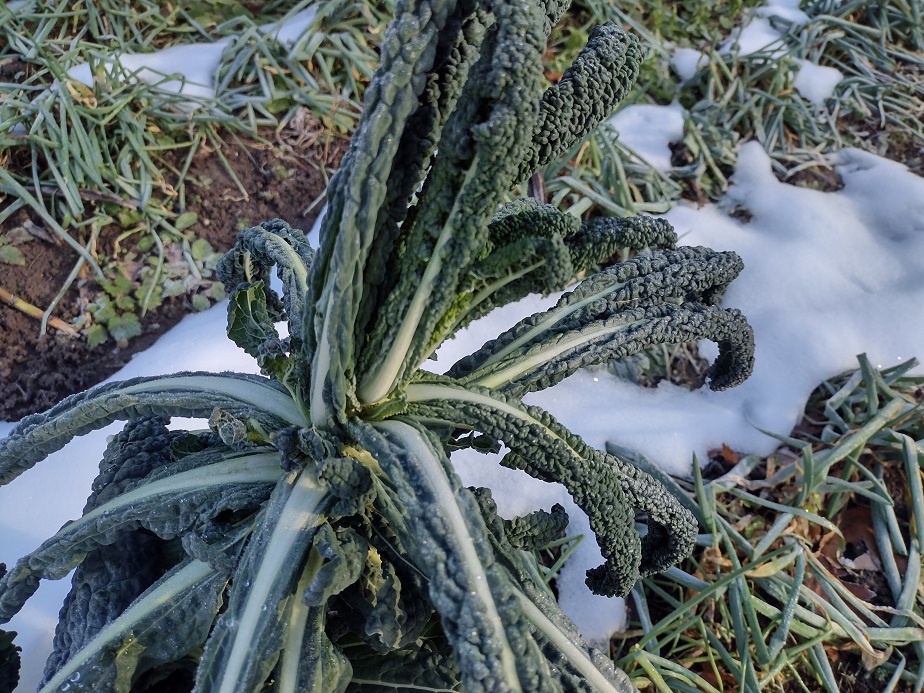
Kale
Kale is a very hardy and cold-tolerant plant. It can be planted before the frost is out, and can continue growing after several hard freezes. My kale withstood 15-degree weather last week and still looks alright for the most part. Kale sprouts best in cool weather, around 60-65 degrees.
It will do fine in the heat of summer and can be harvested all season long. If you are in an area where people like kale, it’s probably a decent option to consider. Kale is quite productive and needs a high-fertility soil when harvested regularly.
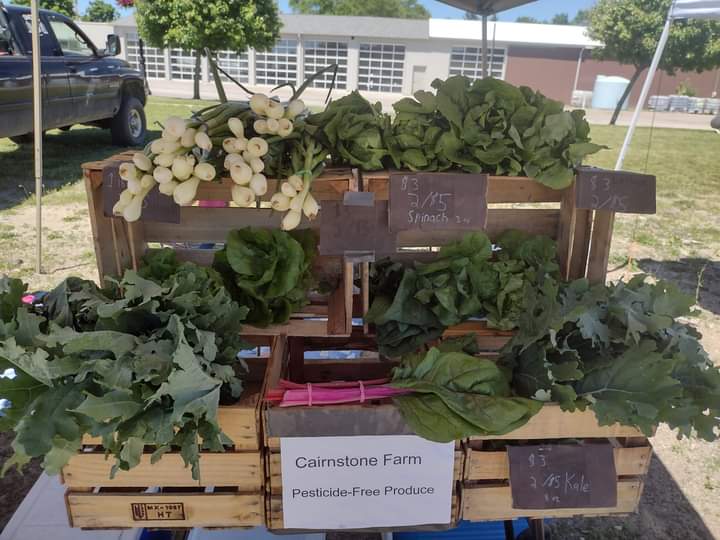
Choosing Your Farm Crops
The first point of deciding what to grow is understanding your growing seasons and regional weather. There are a few things you need to know before you make any decisions. They all hinge on your weather, water availability, and seasonal temperatures.
First off, you need to know your growing seasons and what crops are suitable for them. I’ll break them down into two categories, cool-season and warm-season. By temperature, cool season is 40-65 degrees and warm season is 70 to 90 degrees.
Even if it’s warm, you can still consider the season cool if the nighttime temperature is below 68 degrees. Above 90 degrees is pushing into a fairly hot climate and that gets tough for non-tropical crops. Some crops only grow in one temperature season, but many will thrive through both.
Cool-season-only crops are those which go into a non-productive stage when their daily low temperature goes much above 65 degrees. Warm-season crops usually need a minimum 65 or 70 degrees to actually grow much.
Here’s a short list of crops that need cool weather and how many cool days are needed for maturity.
- lettuce, 40-60 days
- Sweet peas, 50-70 days
- Spinach, 40-50 days
- carrots, 50-70 days
- potatoes, 80-90 days
- radish, 30-50 days
- turnip, 40-60 days
Here’s a short list of warm-season crops and days above 65 needed to get a decent harvest.
- Tomatoes, 75-100 days
- Peppers (all types), 80-105 days
- Eggplant, 80-100 days
- Sweet Potato, 90-120 days
- Melons, 75-100 days
- Cucumber, 70-80 days
- Summer squashes (including zucchini), 75-85 days
- Winter squash (including pumpkins), 80-110 days
- Okra, 80-90 days
- Green Beans, 70-80 days
So, what are your seasons and what crops may be a good fit?
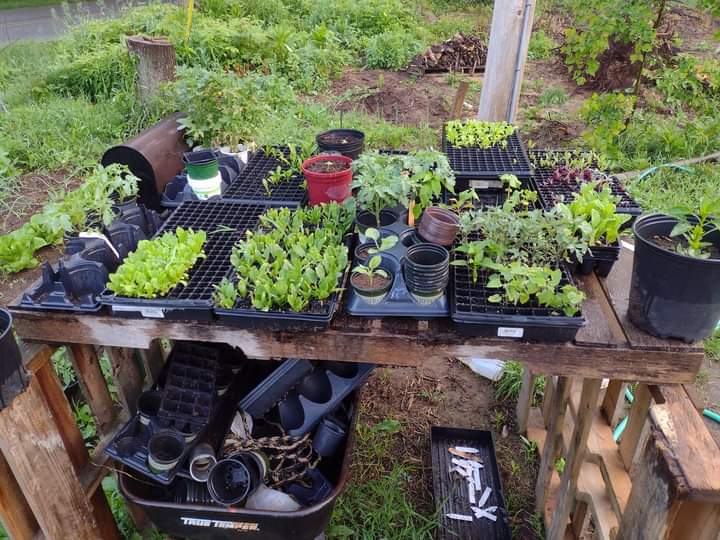
Crops that Don’t Need Tractors
Tractorless farming is becoming more popular for small-scale farming in the US. I personally don’t have a tractor. the crops and methods we use reflect that. Most produce can be planted and harvested easily without any tractor implements. Harvesting by hand guarantees more quality as well.
Most anything can be planted without tractors. A push-type seeder, like the Earthway seeder, can plant an acre of corn, beans, or squash in half an hour. Transplants can be planted by hand quite efficiently when you get the hang of it. Most produce is harvested by hand, not with tractors.
Here’s what I’ve grown and sold without a tractor.
- Potatoes
- Popcorn
- Indian Corn
- Beets
- Radish
- Turnip
- Spinach
- Lettuce heads
- Tomatoes
- Peppers
- Jerusalem artichoke
- Carrots
- Kale
- Chard
- Onions
- Scallions
- Cucumbers
- Melons
- Zucchini
- Pumpkins
- Herbs
- Sunflower
The only thing you’d really need a tractor for at first would be harvesting grains, and planting/digging potatoes at a good pace. Eventually, a tractor may make sense. For small acreage farmers, it may not. If you do need tractor work done in the beginning, you should consider just hiring it out.
I suggest people steer clear of growing regular grains, at least for the regular grain market. It’s just not financially practical in most instances. The stuff only sells for like $5 a bushel.
Add to that the price of a tractor and implements or the cost to pay someone else to plant and harvest it and you’re looking at slim earnings. Now, if you are growing for a niche market, that’s different. Grains can be grown for specialty flours and animal feeds, that can be worth it.
Don’t go buying a tractor and implements if you haven’t been already turning a profit from your operation. That’s bad medicine. Keep your operating costs as low as possible in the first few years.
I could manage several acres using only hand tools, a push seeder, and a wheel hoe with some accessories. 5 or more acres and I’d be looking for some compact tractor option within my cash budget.
If you don’t want to hire a lot of cheap workers and you don’t want to buy a $30,000 tractor plus another $20,000 in implements, just start small-scale with produce and plan to sell it locally either at farmer’s markets or create your own sales venues to restaurants or direct-to-consumer.
I suggest first-time farmers grow three different crops that are harvested at different t times of the growing season. For example, I could grow spinach for the early spring market, beets for the late spring/early summer market, then tomatoes for the summer market.
That way, you have moderately diversified and will not have to sell too much of one thing. Ultimately, I recommend trying for a minimum of three crops to sell at any one time. Personally, I prefer five.
For example, I could have spinach, lettuce, and radish for the spring market. Then beets, kale, and scallions in the early summer. The mid to late summer market could merge into tomatoes, cucumbers, and potatoes. For new farmers, just pick three total. Start simple and add as you learn.
If you are thinking of small acreage farming without large equipment, please consider no more than 1/4 acre of row-crops your first year. That’s a lot to manage regularly as you learn the ropes and become accustomed to the sort of tasks and schedules you’ll be working on.
Expand your growing area only as you max out what you already have going. The biggest mistake leading to the failure of new farmers it doing too much too soon. Pick an area and build up the soil. Pick several crops to really learn well.
If you have any more questions, feel free to ask in the comment section below.
Related articles:

